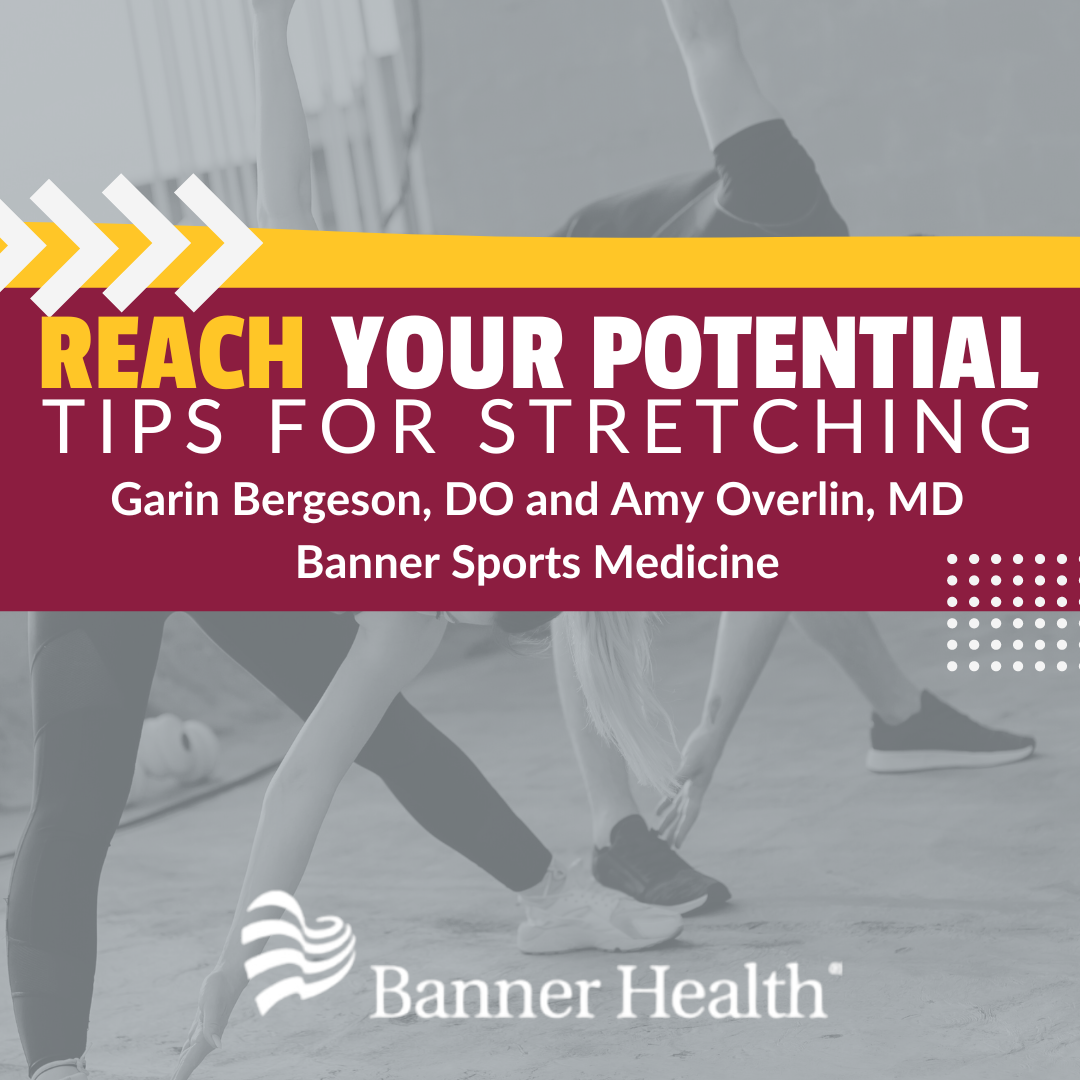Make Your Mark: Ageism in America with Emily Balog
“Without an aging-friendly society, we perpetuate a cycle of ageism that prevents communities, older adults and all people from achieving their fullest possibility.”
Our Make Your Mark series, powered by the NFL, showcases the global impact of the Tillman Scholars who are writing the story of a better future. In these videos, they share their works of humble leadership and service across both public and private sectors.
2018 Tillman Scholar Emily Balog has made it her mission to confront stereotypes often put on the elderly population through translational health science.
After her service in the U.S. Air Force, Emily worked in occupational therapy, where she saw how aging adults are treated in their everyday lives. Since then, through her Ph.D. program at The George Washington University, she has explored the ways in which older adults are empowered to meaningfully engage in society — which means in her view, “the creation of programs and services for older adults, by older adults, and with their communities….the next time you’re involved in a community endeavor, take a look at who’s around you. Is the group diverse in not only race and gender, but also age? Be an advocate for aging-friendly communities in physical and social environments.”
Watch Emily’s Make Your Mark talk below.
Old people are weak and frail. They’re sick and confused. No, old people are wealthy, they’re wise, old owls. Okay, boomer stereotypes about older adults and age-related issues run rampant in the United States. They range from the sick, demented grandma to the hip, fit grandpa. They reinforce ageism in both directions by creating assumptions about the way older people should be and act upon a certain age. But what does this mean for the wellness of older adults? How do stereotypes affect their quality of life? How does ageism influence nursing home admissions?
By the year 2035, older adults are projected to outnumber children for the first time in United States history.
In 2019, every baby boomer reached the age of 55. They are a different cohort in a different America than generations of the past. They have higher divorce rates, many are childless, and those with children are the sandwich generations – stressed between aging parents and personal commitments. Overall, older adults are likely to live alone and participate less in their communities. According to the CDC, 8 out of 10 older adults have at least one chronic condition. Population statistics tell us that Baby Boomers are more likely to live longer and advancements in medicine enable them to do so, even with chronic disease and disability. For those who need assistance, traditionally families took on these caregiving roles. However, these generational changes and statistical projections have created a costly long-term care model that will not support this rapid growth and change. Baby boomers with comorbidities are even more at risk for institutionalization, yet they overwhelmingly desire to remain in their homes and communities safely, independently and comfortably, regardless of age, income, or ability level. This is called “aging in place.”
You’ve heard the adage “It takes a village to raise a child,” and now we must extend this supportive mindset to older adults in our communities. A village approach where we can lean on each other and our communities for support.
After my enlistment in the Air Force, and for the past 15 years, I’ve been working as an occupational therapist, specializing in geriatrics. More recently, I’ve embarked on a PhD. in Translational Health Science. My work centers on the process of turning community observations into interventions that improve the health of individuals and the public. More specifically, I explore the ways in which older adults are empowered to meaningfully engage in society. What does meaningful engagement in society have to do with ageist stereotypes and nursing homes? The way we think and speak about older adults impacts the creation of policies and services that can support aging in place. Engaging older adults to participate in policy development is critical. It is the needed ingredient for the prevention of institutionalization. Participation is associated with quality of life, active aging, and is a cornerstone to aging in place.
Older adults need to be able to function not only in their homes, but also in their communities, especially if they are to curb isolation which, fun fact, carries the same health risk as smoking a pack a day. And yet, getting older adults to participate in society isn’t as easy as you’d think. Communities often cater to the young and able-bodied. Broken sidewalks, short crosswalk times and buildings with stairs are just some of the ways that prevent older adults from coming out and participating.
But that’s just the built environment. Information about available services and age-appropriate activities are often not centrally located or easy to understand. Volunteering and civic participation is at an all-time low. Now, couple this with ageist attitudes, and you have a recipe to keep older adults isolated and ignored. Without an aging-friendly society, we perpetuate a cycle of ageism that prevents communities, older adults and all people from achieving their fullest possibility.
So what does this mean for you? The one thing that connects us all together at the Pat Tillman Foundation is our desire to strengthen our communities through our continued service. The health issues and social complexities that we experience today will not be solved by a single person in a fantastical scientific discovery like we’ve seen in the past. We need to think about and conduct science differently – utilizing, supporting and funding team science, implementation science, community action research and translational health science are some of the ways we can invest in this change.
What does translational health science in communities look like? In my view, the creation of programs and services for older adults, by older adults, with their communities, and that means you. So the next time you’re involved in a community endeavor, take a look at who’s around you. Is the group diverse in not only race and gender, but also age? Be an advocate for aging-friendly communities in physical and social environments. Squash ageist attitudes and help to promote services that keep older adults from feeling like a burden. Help your older neighbors and family in areas that they may need you and let them help you too. Change what it looks like to age in place and community, because someday this work will affect you and the older adult in your life.




